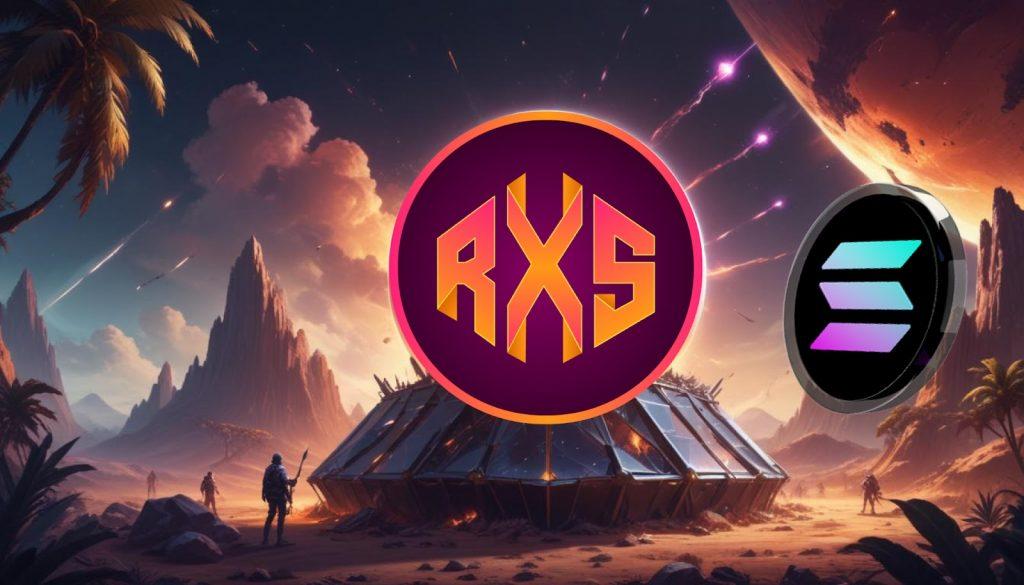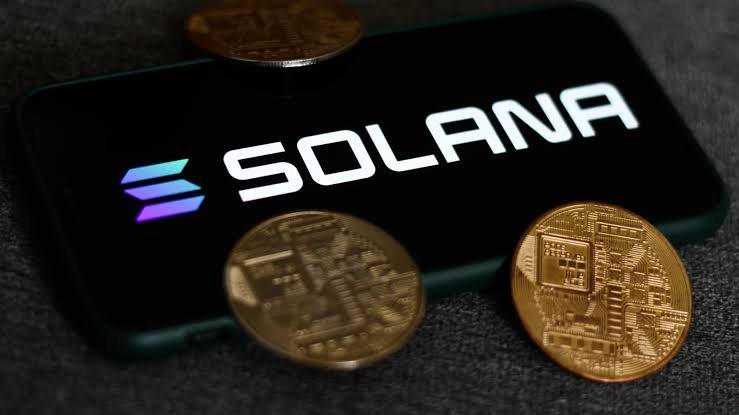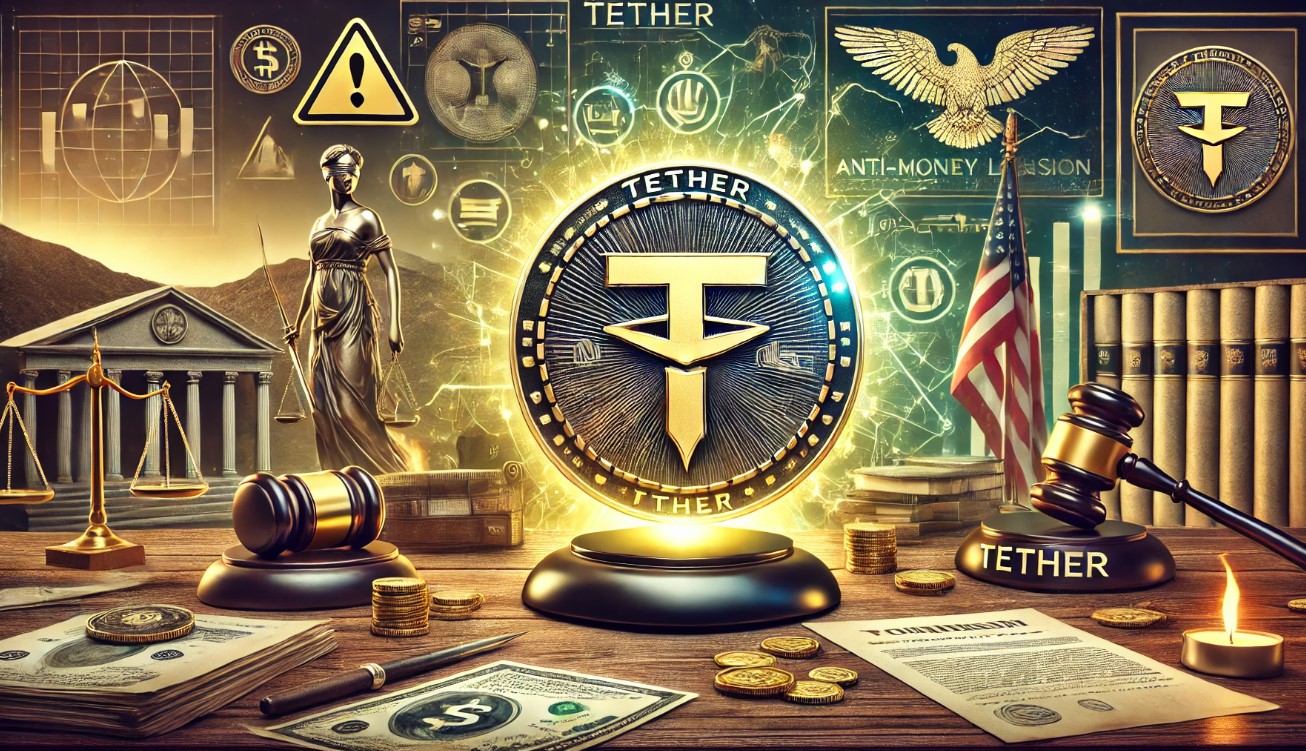The BTC token’s fiat price is surging, offering faint hope for struggling block reward miners, but the reasons behind that surge spell trouble for the network’s long-term security.
BTC’s price surge over the past week brought it (at the time of writing) within a whisker of its all-time high, making traders giddy and offering block reward miners some respite from the downer narrative that’s plagued the sector since this spring’s halving event. While the gap between the total cost of production (including mining rig depreciation) continues to outpace BTC’s fiat value, the gap somewhat narrowed this week.
There are various theories behind what’s driving this surge, including speculative bets on next week’s U.S. election, which could return the so-called ‘crypto president’ Donald Trump to the White House and usher in a new ‘light touch’ approach to regulating digital assets.
Others point to reports that U.S. federal authorities are preparing to file criminal charges against the Tether (USDT) stablecoin, causing ‘investors’ to furiously dump their USDT and buy BTC to avoid becoming collateral damage from Tether’s comeuppance.
But others are expressing concern that those who’ve bought the most BTC over the past year have parked their tokens in the expectation that the ‘number go up’ will continue going up in perpetuity. Tokens held by BTC spot-based exchange-traded funds (ETFs) are expected to top one million by next week, while entities such as Michael Saylor’s MicroStrategy (NASDAQ: MSTR) continue to take on new debt and issue new equity to expand their significant (and dormant) token stashes.
With BTC miners struggling to turn a profit from actual mining, more and more miners—including MARA (NASDAQ: MARA), CleanSpark (NASDAQ: CLSK) and Riot Platforms (NASDAQ: RIOT)—have adopted Saylor’s ‘HODL’ strategy, hoarding new BTC tokens as they’re mined but also taking on debt for the express purpose of buying additional BTC and locking it away.
Then there’s the growing number of ‘wrapped’ BTC tokens, with the Coinbase (NASDAQ: COIN) and Kraken exchanges among those who’ve recently followed wBTC’s lead in bringing BTC to other, more technologically flexible blockchains. These ‘wrapped’ versions on Layer 2 networks, such as Coinbase’s Base, require long-term storage of the actual BTC backing their L2 doppelgängers, adding still more inertia into the BTC ecosystem.
Some observers warn that this growing trend of carbon-freezing great swathes of BTC poses significant challenges for the network’s transaction processing consensus mechanism, particularly as the block reward continues to halve every four years or so.
Satoshi Nakamoto’s long-term plan for the original Bitcoin—which was hijacked by BTC Core developers to turn ‘peer-to-peer electronic cash’ into ‘digital gold’—was for transaction fees to supplement and eventually replace block rewards as compensation for securing the network. But no transactions mean no fees, so who will be interested in securing this network as the block reward shrinks to nothing?
Miners are already ditching BTC to serve as AI data centers, leaving an ever-shrinking field of diehards committed to block rewards. The belief appears to be that someone will keep the BTC faith, doing the hard work of ensuring network security while the others sit back and watch the value of their BTC stacks soar. That is an interesting theory, but an unpleasant reality if you’re that last miner still slaving away for others’ benefit, to say nothing about the insecurity of that level of mining concentration.
For what it’s worth, this problem isn’t limited to BTC or even to blockchains based on a proof-of-work consensus. Ethereum’s notorious congestion has spawned a small army of Layer 2 solutions on which nearly all network traffic now occurs, which could explain why Ethereum’s transaction validators earn far less than they might on other networks based on a similar proof-of-stake consensus.
Simply put, without a significant volume of transactions on a robust, swift, and secure main layer, no blockchain has a long-term future. So, by all means, enjoy your token price surge, but maybe convert some of those gains to fiat before the clock strikes midnight and those tokens turn back into digital Beanie Babies.
Pivot or die
Complicating matters further, BTC’s mining difficulty hit an all-time high last week and shows no sign of abating. The network’s hash rate also hit new highs as miners upgrade their rigs and expand their operations to remain competitive. Smaller miners with older rigs are being forced to reconsider the wisdom of staying on this playing field.
The big publicly traded miners—including the aforementioned CleanSpark, MARA, Riot, plus Core Scientific (NASDAQ: CORZ) and Iris Energy (NASDAQ: IREN)—have reaped most of the benefits of this Darwinian struggle, thanks in part to their easier access to capital. Public miners’ share of the global hash rate currently sits around 30%, yet another all-time high.
Aware that it’s a case of grow or die, Vancouver-based HIVE Digital Technologies (TSXV: HIVE.V | NASDAQ: HIVE) is reportedly planning to double its hash rate over the next 12 months, according to a research note from Cantor Fitzgerald (NASDAQ: ZCFIIX). The company hopes to be mining nine BTC per day by the end of next year, up from four per day at the end of September. HIVE mined 112 BTC for all of September, boosting its ‘HODL’ stash to 2,604 BTC.
Until last year, HIVE was known as Hive Blockchain Technologies but rebranded as it joined the mass ‘pivot to AI.’ HIVE’s GPU cloud model HIVE Cloud aims to boost annual recurring revenue from US$10 million to $100 million by the end of 2025.
Emphasizing the growing narrative that miners can’t live by BTC alone, a recent Van Eck report showed that, while most publicly traded miners have seen share price gains as BTC’s price rose, only the ‘pivotoors’—miners who’ve added an AI/HPC (high-performance computing) component—have posted year-to-date share price improvements.
Coinshares’ Q3 mining report revealed that the average cost to produce a single BTC across all publicly listed miners is $49,500. But that doesn’t include depreciation or stock-based compensation, the inclusion of which would push the average cost to $96,100. So even as BTC flirts with a new all-time high above $74,000, profitability remains as elusive as ever. Pivot! PIVOT!!!
From Russia with GPUs
The latest BRICS summit might have ended without forward progress on creating a new digital currency that might end U.S. dollar hegemony, but Russia’s largest miner, BitRiver, is expanding its operations into BRICS member states, possibly laying the groundwork for a new alternative digital payment system.
Earlier this month, Russian media group RBC reported that BitRiver had partnered with the Russian Direct Investment Fund (RDIF) to build data centers in BRICS countries to boost Russia’s HPC capacity, particularly in relation to AI.
Thanks to the financial support of the Russian government, BitRiver already operates 21 data centers in Russia, with another 10 under development, but the partnership with RDIF—Russia’s sovereign wealth fund—indicates the state’s desire to project this power abroad.
BitRiver CEO Igor Runets said the RDIF partnership “will focus on creating an infrastructure based on mining—building data centers and connecting them to the necessary capacities to make it possible to deploy and implement projects related to AI.”
Norway? Way.
Russia has incentivized homegrown miners to set up operations in the wilds of Siberia, where population density is low. But the locals haven’t always welcomed mining operations in remote northern climes. Think of the small Norwegian town of Stokmarknes, whose 3,500 residents succeeded in closing Krytovault’s noisy mining facility this summer.
Undaunted, Sazmining is preparing to open a new hydro-powered mining site in a Norwegian village located—like Stokmarknes—somewhere within the Arctic Circle. The company has yet to publicize the village name in which the site is expected to launch in December.
Sazmining is a carbon-neutral mining-as-a-service outfit that allows ‘retail’ miners to purchase rigs from Sazmining, which then oversees their day-to-day operations and transfers newly mined BTC (minus Sazmining’s cut) back to the retail customers.
While the location of its new mining site remains hush-hush, Sazmining insists that the locals are on board, in part because of plans to repurpose the mining rigs’ waste heat “to replace an oil-fired boiler.” This excess heat will be made available to local industries, including for drying locally caught codfish.
Sazmining CEO Kent Halliburton said the set-up was “creating a win-win for everyone. Our customers benefit from sustainable, cutting-edge mining, and the community sees reduced energy costs and strengthened local businesses.”
Halliburton claimed that the noise from in-house mining operations won’t bother the cod-drying locals, as the rigs will be liquid-cooled, eliminating the roar of the thousands of fans that so irked the residents of Stokmarknes.
It’s worth recalling that the residents of Stokmarknes saw their power bills rise 20% after riding Kryptovault out of town on a rail, and the local utility sought to make up the lost revenue. God help Sazmining if they leave and dried cod prices double.
Watch: Teranode & the Web3 world with edge-to-edge electronic value system

















 English (US) ·
English (US) ·